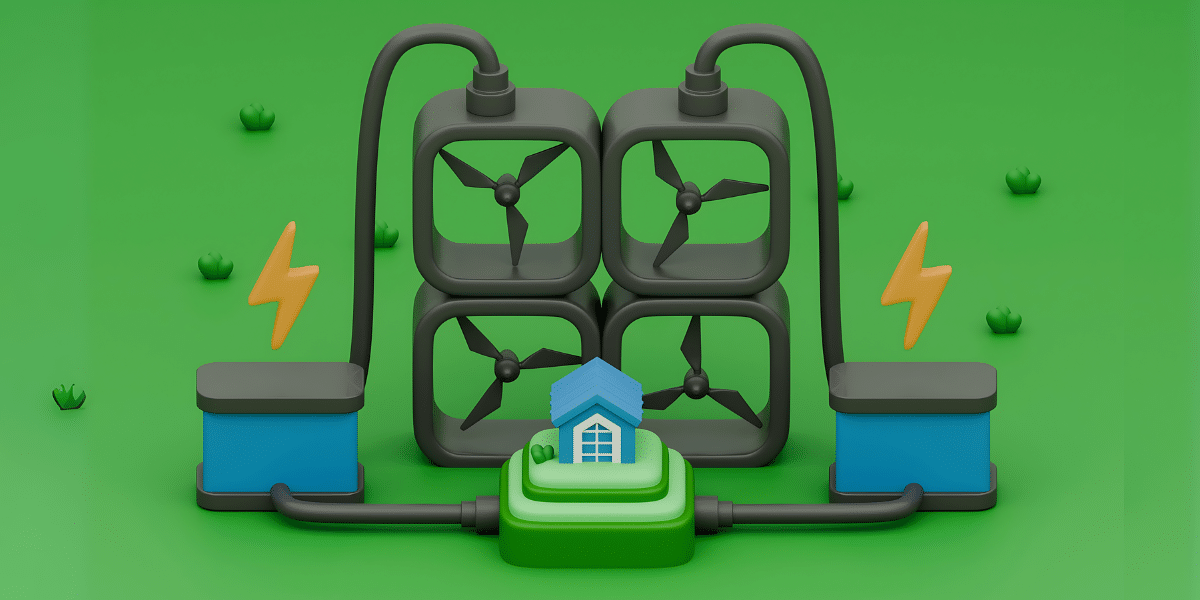Image commercially licensed from Unsplash
This article is written by Ramin Schultz, the founder and CEO of Keebos, a guest lecturer at the USC Marshall School of Business, who consults startups and has led marketing for Nike’s European Soccer division for several years.
Starting a new DTC brand is an exciting yet challenging journey. As a founder, you’ll be faced daily with countless decisions that will impact the success of your business. One critical area for DTC brands to focus on is marketing.
In this article, we’ll look at some easily avoidable yet common mistakes and biases that founders can fall victim to when starting a new company. Through this guide, you will drastically shorten your learning curve to profitably run and scale your company this year, beginning today.
Mistake 1: Launching your Website only once your Product is “Ready”
There are three powerful reasons you should avoid waiting to launch your website until you feel your product is ready to ship out the door.
First, if you launch a website well in advance while still developing your product, you can already collect crucial data about your products before ever having them in stock. Through Google Analytics and insights platforms like Hotjar, you can see how potential customers browse your products and which products are viewed and added to the cart most often. Even if you don’t have the products in stock, you can start having your customers pre-order for a discount code. The resulting customer data can be enormously helpful in deciding which variations to focus on and your inventory planning.
Second, if you don’t hesitate to pre-release your website, you will be able to collect crucial customer data such as emails and phone numbers before your official product launch. Then, once you go live, you will already have a community interested in your product that is ready to buy.
Third, the earlier you’re up and running, the sooner Google will be able to crawl your website, which is essential for your SEO (search engine optimization). You want to start building your SEO as soon as possible because it takes time for your website to rank on search engines. Most founders think once they launch, everyone will run to get their products, but in reality, this seldom happens.
Mistake 2: Throwing a Large Launch Event.
A launch event is great when you have a big budget, but a launch party does not guarantee any sales or success for your company. All the resources you’ll drain in just the launch could otherwise be applied more directly toward expenses that help you find your first loyal customers. You can host a targeted product launch event for a new product or variation once you’ve established an interested customer base. It’s important to first learn from the launch; it usually goes less smoothly than you think, which is fine and part of launching a new company. For every launch, adjustments must be made on the fly; only some things can be anticipated. Often founders want to do a launch party because it feels good and makes it feel like the company will be successful, but the company should put those resources into getting customers first.
Mistake 3: Spending Too Much Time on Brand Perfection.
I worked at Nike for over four years, and they live and breathe brand perfection, and I understood the importance. But as a new company, you first have to get to a size where it matters. Too many new founders spend too much time on brand perfection. Brand is important, but it can be developed and changed over time. You will have 100 important things to do when starting a company, and you have to move fast. In the beginning, nobody knows you, and your goal is to get sales. You can continually improve your branding (to perfection) later. You want to get the most bang for your buck regarding how you spend your limited time and money as a new startup founder. Focus on large targets and easy improvements rather than tinkering with the details of perfecting minutia.
As Paul Graham, Cofounder of Y Combinator, famously says, “If You’re Not Embarrassed By Your Startup, You Launched Too Late.” Focus on developing product market fit and traction first. As long as you have an appealing brand while knowing what you stand for, you’re fine to launch. In the long term, you want to perfect your brand. But get there first by running a successful business that gets sales. Sahil Lavigna, the founder of Gumroad, frames it nicely: “Most people don’t start. Most people who start don’t continue. Most people continually give up. Many winners are just the last ones standing.”
Lastly, brand perfection often leads to procrastination. Don’t overthink; just start. Your first customers will forgive you. Then, focus on if people want your product.
Mistake 4: Amazing Product will Automatically Lead to Sales
If you have started companies, this is nothing new to you: Just because you have developed an objectively valuable product doesn’t mean anyone will buy it. Of course, It’s essential to have an amazing product, and you always want to strive for that. In the real world, that alone doesn’t guarantee a single sale. This is not pessimistic; the idea is to strategize on how to get your products in front of potential customers. You have to facilitate the connections that will allow sales to occur. As Peter Thiel, Cofounder of Paypal and Palantir Technologies, explains in his book Zero to One, product and distribution cause the most trouble to startups trying to scale up – if you have a great product but no distribution plan, then your startup might be doomed. For each product, you see in the store there is likely a better product somewhere that you need access to or need to learn about. People need to scan the market for each purchase. You have to find a way to get in front of a target customer in the most cost-effective way. It’s a common bias to believe your perfect product will automatically sell once launched. It takes time for new customers to find out about your product and decide to purchase it. If you see a product market fit and customers loving your product, keep building and be patient.
Mistake 5: Launching Without a Target Customer in Mind or Thinking you are the customer.
The most common mistake first-time founders make is to state that everyone is their target audience. Just because everyone can use the product does not mean they are the target audience. Riches are in the niches; once you have a good understanding of your exact audience, it will be easier to communicate with them, find more of them and provide greater value to them.
Another bias when starting a company is to think you are the target audience when you are not. Just because you like or don’t like something doesn’t mean everyone does. Separate yourself from your customer–that’s what makes a great marketer. Once at Nike, the marketing team was watching a new video commercial, and the marketing director, who was in his 40s, reacted: “I think this video is way too cool–which is scaring me because I am not the target audience.”
A great marketer puts herself in the customer’s shoes, constantly communicates with the customer, and puts her own biases aside. One important note, your customers can always change throughout the years. Once you make enough sales, you will get important data that will reveal who your actual customer is. Make sure to reevaluate your target customer and adapt to advertise specifically toward them.
Mistake 6: Overloading on too much inventory – ‘Out of Stock’ is Better than Excess Inventory.
First, as an entrepreneur, you are inherently optimistic. So you think once you launch, you will sell a lot of products. But if you don’t, you’ll be left sitting on tons of inventory, which can choke your cash flow. Remember, it’s better to sell out and politely let customers know they’ll have to wait for restocking than to sit on inventory for too long. The inventory is lost cash that you could be spending immediately on growth. If you run out of cash, your company fails.
Second, when you launch, unforeseen challenges can arise. For example, my company Keebos had four different, unpredictable updates to their packaging after they launched. 1. The Instagram account handle changed, so it had to be updated on the packaging. 2. The one tree planted per product sale initiative was started after the launch, so that had to be added to the packaging. 3. Amazon fees initially were $2 higher per unit because the packaging was a touch too big, so they had to make it smaller to save on fees. 4. The packaging wasn’t as durable as expected for international orders. I could have avoided some of them, but others weren’t predictable. The point is to keep your first orders of inventory at a lower volume so that you are more flexible in making important changes. Just because you save money on more volume per unit doesn’t mean you should order big volumes, stay lean, move fast and make changes quickly!
Mistake 7: Overspending your Time on Social Media.
First-time founders spend a disproportionate amount of time working on their company’s social media. They struggle with coming up with engaging content and captions every day. Even though being on social media all day for your brand might feel like work (and get you instant, feel-good reactions), it doesn’t mean it’s helping you grow.” Don’t mistake motion for progress” – Alfred A. Montapert. It’s externally-facing and feels rewarding, but your main goal should be to get sales, not likes.
Don’t waste too much time on it if it’s not directly giving you growth or sales. Remember there are also other important marketing traction channels to focus on, such as SEO, email & SMS marketing, and PR. Unless social is your main driver for growth, don’t waste valuable time on it.
See your social media feed as your resume when you launch. People discover your product and want to check if you are legit. For Instagram, the first 9 pictures of your Instagram feed should be like your resume: showing the best side of your business. According to a study by GlobalWebIndex, 54% of social media users use social media to research products. When they check out your page, make sure to show your best side!
These are typical mistakes and biases to avoid when starting a company, and they should give you the perfect framework to start your company successfully in 2023 and the years to come!
Ramin loves helping new startups succeed, and you can connect with him on Linkedin.






